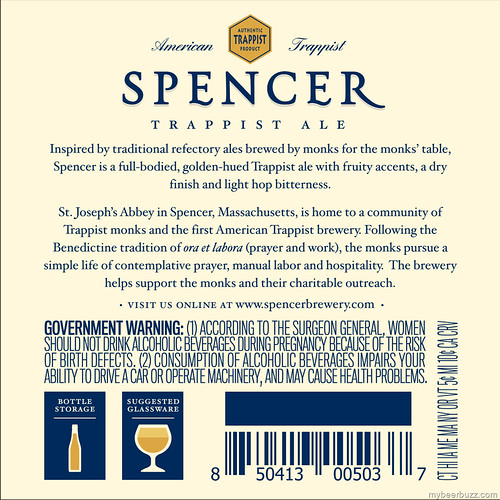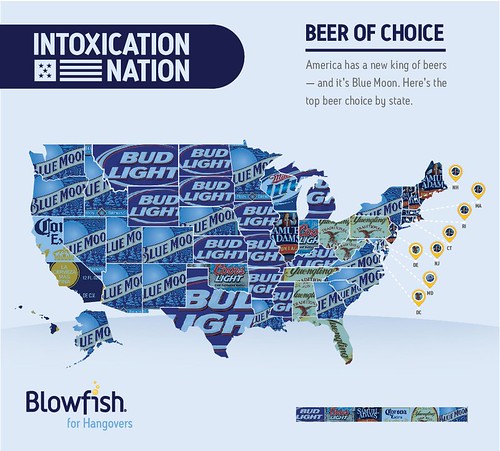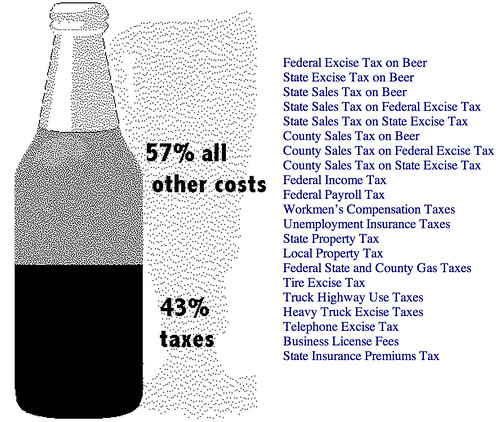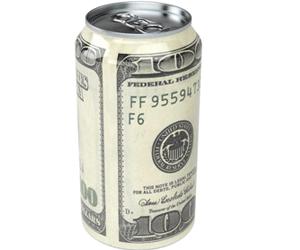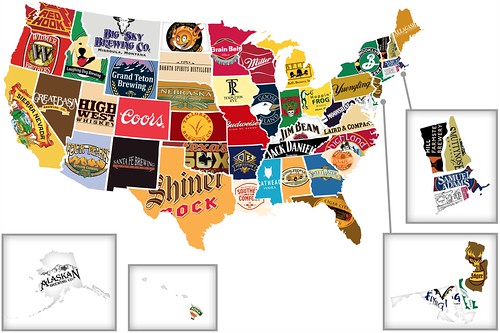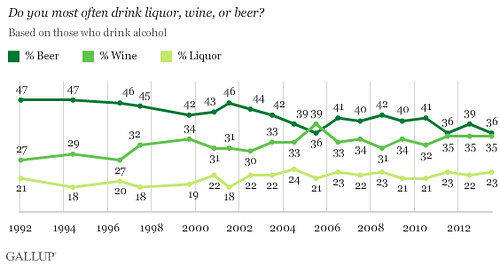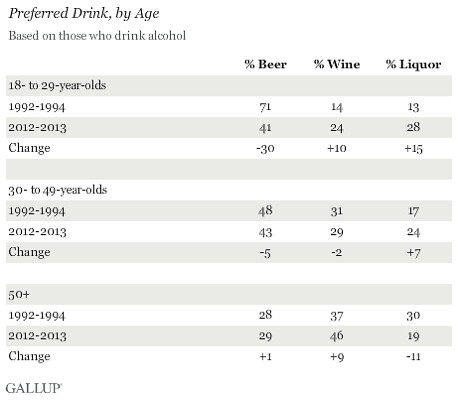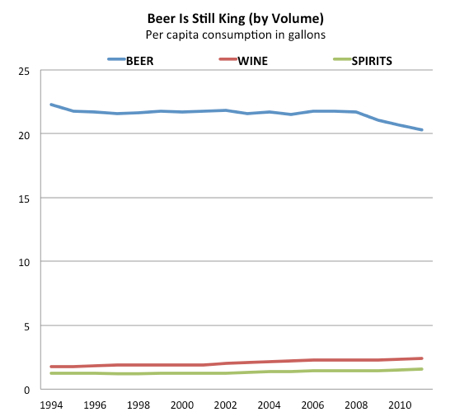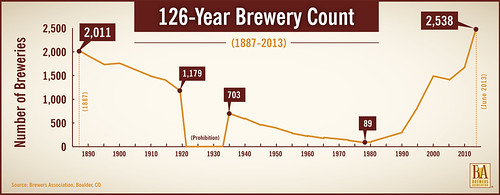
While it’s been a rumor for a number of years — I first learned about it at least four years back, but like a monk was sworn to silence — finally it’s out in the public. America is getting its first officially sanctioned Trappist brewery. St. Joseph’s Abbey of Spencer, Massachusetts will be adding brewing to its daily routine, and selling under the name Spencer Brewing Co.

The abbey was established in upstate New York in 1950, and is part of the Catholic Order of Cistercians of the Strict Observance (O.C.S.O.), better known as “Trappists.” Many reports have indicated there’s 180 of them worldwide, but I count 175 at the list on the order’s official website.

The abbey already sells preserves, and has done so for a long time, since around 1954. They also sell “liturgical vestments, and run a farm” to fund the abbey. Apparently the Scourmont Abbey, which makes Chimay, is helping the monks of St. Joseph’s in some capacity, whether through education, logistical support or just consultation I’m not sure. I also know that Dann Paquette from Pretty Things had been helping out, at least in the early stages, as he’d befriended a couple of the monks there as they gathered information and were considering the project of opening a brewery. Records indicate the building for brewing will be 50,000 square feet and their goal to brew 10,000 bbl per year. The first beer will be a Pater, a type of beer made by several Belgian breweries. Here’s how the back label describes the beer:
“Inspired by traditional refectory ales brewed by monks for the monks’ table, Spencer is a full-bodied, golden-hued Trappist ale with fruity accents, a dry finish and light hop bitterness.”
The brewery website is still empty, with just a Go Daddy holding page, and there’s no word on when the beer might be available. With the now Belgian-owned Anheuser-Busch InBev, Sierra Nevada working with Ovila, Moortgat buying Boulevard Brewing, and now this, there’s going to be a lot more Belgian-inspired, and Belgian-made, beer in the U.S. in coming years. But it’s hard not to be excited about this development.

And the hexagonal Trappist logo is on the back label.
